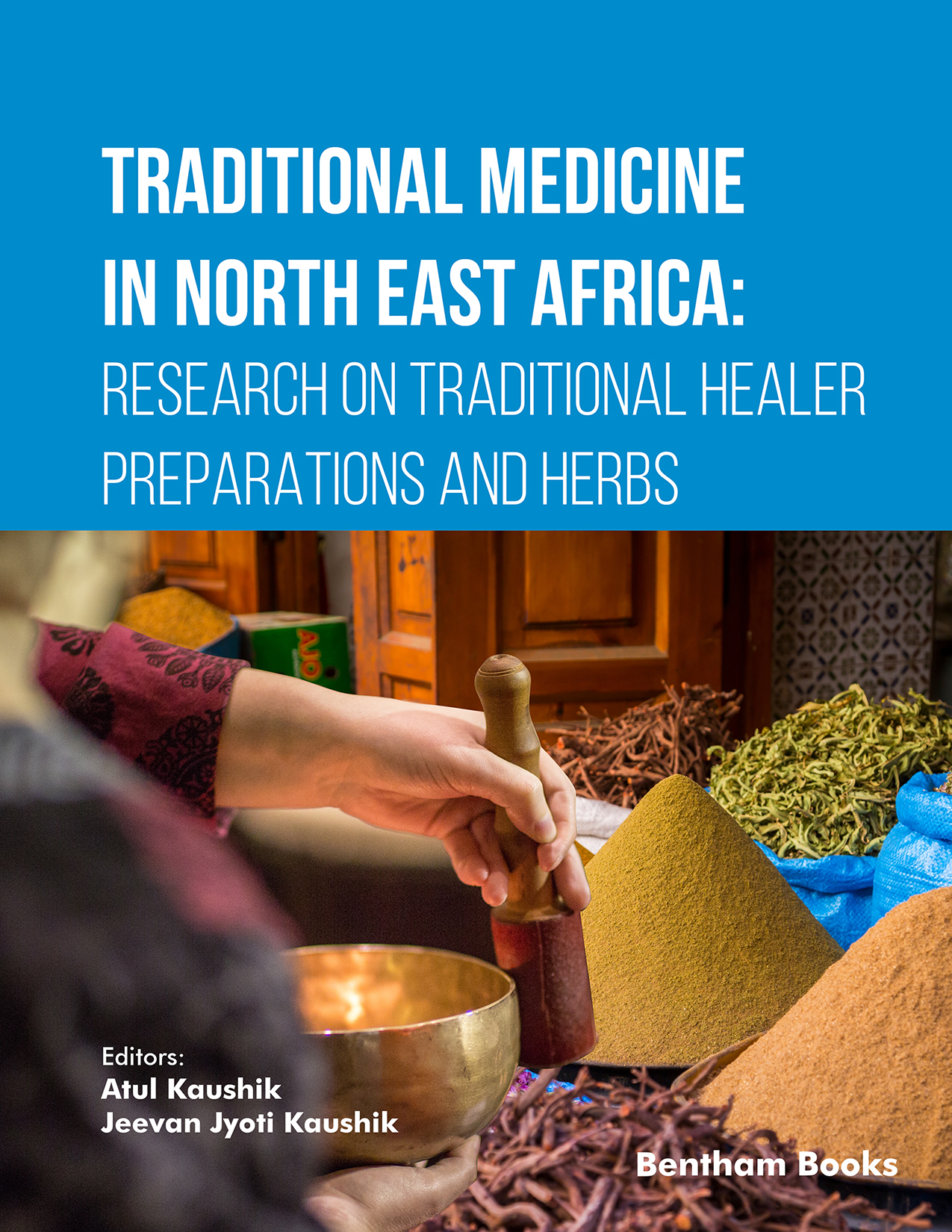According to the World Health Organization, traditional medicine consists of health practices, approaches, knowledge, and beliefs that incorporate plant, animal, and mineral-based medicines, spiritual therapies, and manual techniques applied individually or in combination to treat, diagnose, and prevent illnesses or maintain well-being. Plants form the anchor of several medical and healthcare systems for preventing and treating humans as well as domestic animals. Plants are also increasingly being used for pest management in agriculture. The World Health Organization estimates that about 80% of the African population does not have access to essential modern medicines and health facilities and therefore depends on their traditional medicines. Traditional medicine is available and accessible as the first line of treatment. It is largely not integrated with modern medicine with the exception of a few countries where some steps/strides have been taken towards its integration. The traditional medicines in Africa have been developed over millennia and the practices are as old as mankind. Its long historical background dates to the Stoneage period, making it older than modern medicine. However, the origin of the knowledge of traditional medicine in Africa is uncertain since there was neither any documentation, nor was it organized like in India and China. Whatever the source of knowledge, the early users should have been able to recognize the previously used plants for future reuse. African traditional medicines that are classified as folk medicine, consist of numerous healing practices that are holistic in approach. Sickness is understood from an interaction of the physical, physiological, psycho-social, and spiritual factors in contrast to orthodox medicine where disease is considered from the physio-pathological perspective. Thus, to address these challenges that are intertwined, the practitioners include bone setters, herbalists, traditional birth attendants (midwives), traditional psychologists, and other specialists based on contexts, geographic settings, and communities, due to the diversity of cultures.
Traditional Medicine in North East Africa with special reference to research on traditional healer preparations and herbs considers old age practices of traditional healers and the knowledge of medicinal plants. There is a diversity of African materia medica, but information about them is inadequate and yet there is a rush to exploit their healing properties by multinational companies. This book will contribute towards salvaging this old age information before it becomes extinct as the custodians die and the plants associated with them become extinct. The ever-increasing use of traditional herbal medicine has forced African governments to regulate and improve traditional medicine in their respective countries. This has had the overall effect of contributing to improved healthcare delivery since the communities trust traditional healers. The book specifically sheds more light on the traditional healer’s claims to use various medicinal plants of North-East Africa, as well as the intricate relationship between traditional healing practices and the wealth of medicinal plants employed. It also bridges the gap between ancient wisdom and modern science and unravels the rich tapestry of traditional healing practices across a diversity of cultures in the region. The book has explored a wide range of topics including patient care, traditional approaches to disease cure, and scientific validation of plants. Natural products, especially those of plant origin, have always been a great source of medications due to various compounds that improve the quality of life, and, therefore, their phytochemistry has been highlighted. Additional topics addressed include: the toxicity profile of herbs; plants used in mind-altering and psychoactivity, and emergency medicine including the management of snake bites. Contrary to a commonly held myth that the safety and effectiveness of some traditional medicines are unknown, there are examples of effective traditional treatments and practices that have been investigated through clinical studies. Some of these were from local practices that are used to address global challenges: Prunus africana for prostate cancer, Argemone mexicana for malaria, while Aloe barbadensis is renowned for wound healing. The safety of traditional medicine has been a thorny issue, especially in modern medicine. So, dose preparation and standardization of herbs used by practitioners are addressed in order to give the quality, safety, and efficacy required of the uses of herbs. Traditional medicines still remain a largely untapped health resource: they are not only sources of new leads for drug discoveries but can also provide novel approaches that may have direct public health and economic impacts. The book appeals to researchers, academicians, and practitioners as it offers comprehensive knowledge held by traditional healers that can be applied in modern medicine through research and development. The information here presented can be translated into vigorous research that adds value to traditional medicine, contributing to the curricula for training modern health practitioners, as well as curbing the destruction of natural ecosystems that house herbal medicines. Combined efforts for more scientific validation for quality, safety, and efficacy are required from respective national governments and several stakeholders to develop African traditional medicine and the associated practices to international standards
Prof. Esezah Kyomugisha Kakudidi
Dept. Plant Sciences, Microbiology & Biotechnology
School of Biosciences, College of Natural Sciences
Makerere University, Kampala, Uganda

